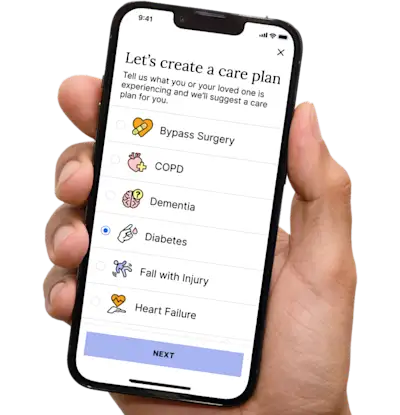Guide to the Illinois DNR and POLST Form
This form allows you to clearly state your wishes for emergency care and life-sustaining treatments. It’s a medical order used by doctors and first responders to follow your preferences—especially if you’re seriously ill or nearing the end of life.
Get insurance benefits, legal documents, and medical records in one place

📄 Download the Official Form
You can access the official Illinois DNR/POLST form here:
👉 Download the Illinois DNR and POLST Form (fillable PDF)
👉 Create Legal Illinois POLST Document
What Is It?
This form is both a:
DNR (Do Not Resuscitate) order: It tells emergency personnel not to use CPR if your heart or breathing stops.
POLST (Practitioner Orders for Life-Sustaining Treatment): It outlines your treatment preferences across several areas (like feeding tubes, hospitalization, or ventilators).
Unlike a Power of Attorney for Health Care, this form contains direct medical orders and must be signed by both you (or your legal representative) and your healthcare provider.
When Should I Use It?
Use this form if:
You are seriously ill, frail, or nearing the end of life.
You want to avoid unwanted or aggressive medical interventions.
You’ve already discussed your wishes with your doctor and want them documented in a way emergency responders will honor.
It is especially important for people with:
Advanced illness
Chronic conditions
Terminal diagnoses
A strong desire to remain at home or focus only on comfort care
What Does It Cover?
The DNR/POLST form allows you to specify:
Whether you want CPR performed if your heart stops.
The level of medical intervention you prefer:
Full treatment (including intubation and ICU care)
Selective treatment (IV fluids, antibiotics, etc., but not intensive care)
Comfort-focused care only
Whether you want artificial nutrition and hydration, like feeding tubes.
Where you want to receive care (home vs. hospital).
All instructions on this form are meant to be followed immediately by EMTs, emergency room staff, and all healthcare providers.
Who Needs to Sign It?
The form must be signed by:
You, or your legal health care decision-maker
A physician, licensed nurse practitioner, or physician assistant
No witness or notary is required.
What Do I Do With the Form?
Keep the original in an easy-to-find location, like on your refrigerator or in your medical folder at home.
Give copies to:
Your primary care doctor
Your agent (if you have a Power of Attorney for Health Care)
Family members or caregivers
Your local EMS or emergency responders (if possible)
Take it with you to the hospital or long-term care facility.
Tip: Ask your doctor to add it to your electronic medical record.
Can I Change My Mind?
Yes. You can revise or cancel your DNR/POLST at any time.
Simply fill out a new form and share it with everyone who had the old one.
Destroy the previous copies.
Make sure your doctor and caregivers know about the update.
DNR/POLST vs. Power of Attorney for Health Care
Form | What It Does |
DNR/POLST | Directs emergency and medical staff to follow specific treatment preferences |
POA-HC | Appoints a person to make health decisions on your behalf if you're unable |
These two forms work well together. A POA ensures someone speaks for you; a DNR/POLST ensures your treatment instructions are followed.
Get more support and guidance on insurance benefits, medical records and legal forms.
Helpful brings together your insurance benefits, legal documents, and medical records in one personalized place — so you always know what you have, and never have to search again.

Technology for Health Tasks. Mental Health for the Tough Stuff.
Helpful connects your medical records, insurance, and caregiving tasks automatically. And when you need more than logistics, a therapist is here to guide you.
In-Network and Covered
For Individuals, Couples and Families
HIPAA Compliant, Data Stays Private


Healthcare Tasks Simplified

From syncing records to spotting drug interactions, Helpful does the heavy lifting, turning complex health info into clear tasks and showing you benefits you can actually use, giving you clarity and control over your care.

In-Network Mental Health

Our licensed therapists are here to support you and your loved ones through stress, burnout, and life’s hardest moments, with an inclusive, compassionate approach that works with most insurance plans.

Create Legal Documents

Plan ahead by creating will, trusts, advance directives and more, that ensure your wishes are honored in the event you can’t speak for yourself -with Helpful guiding you every step of the way.